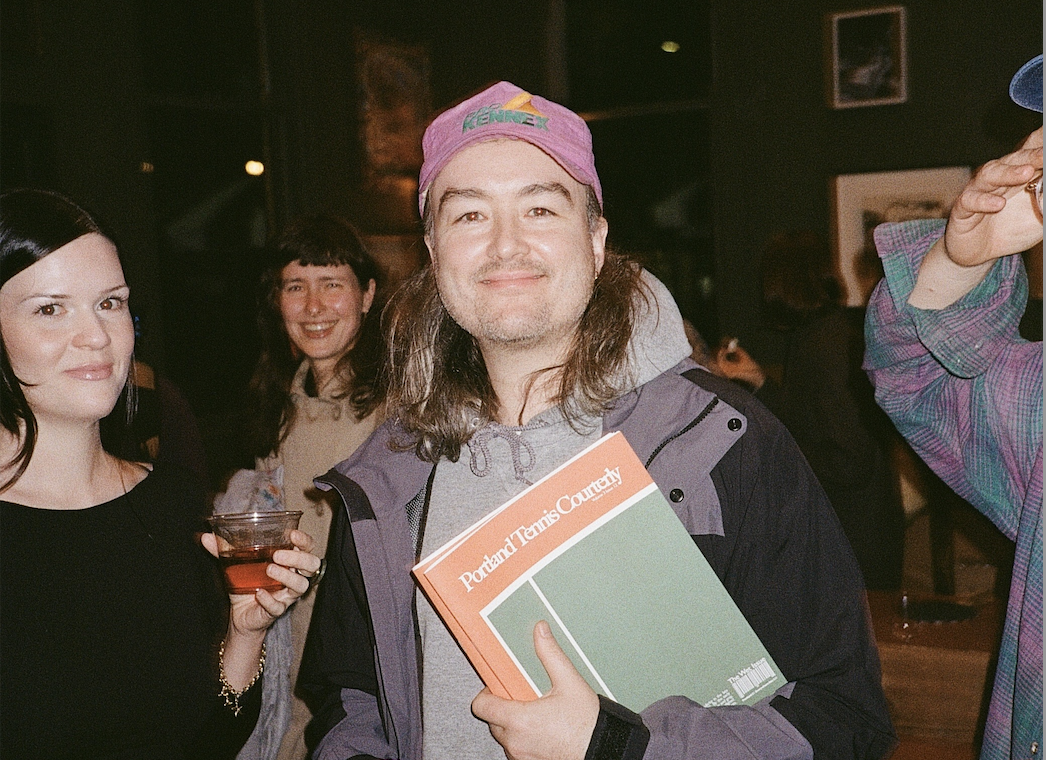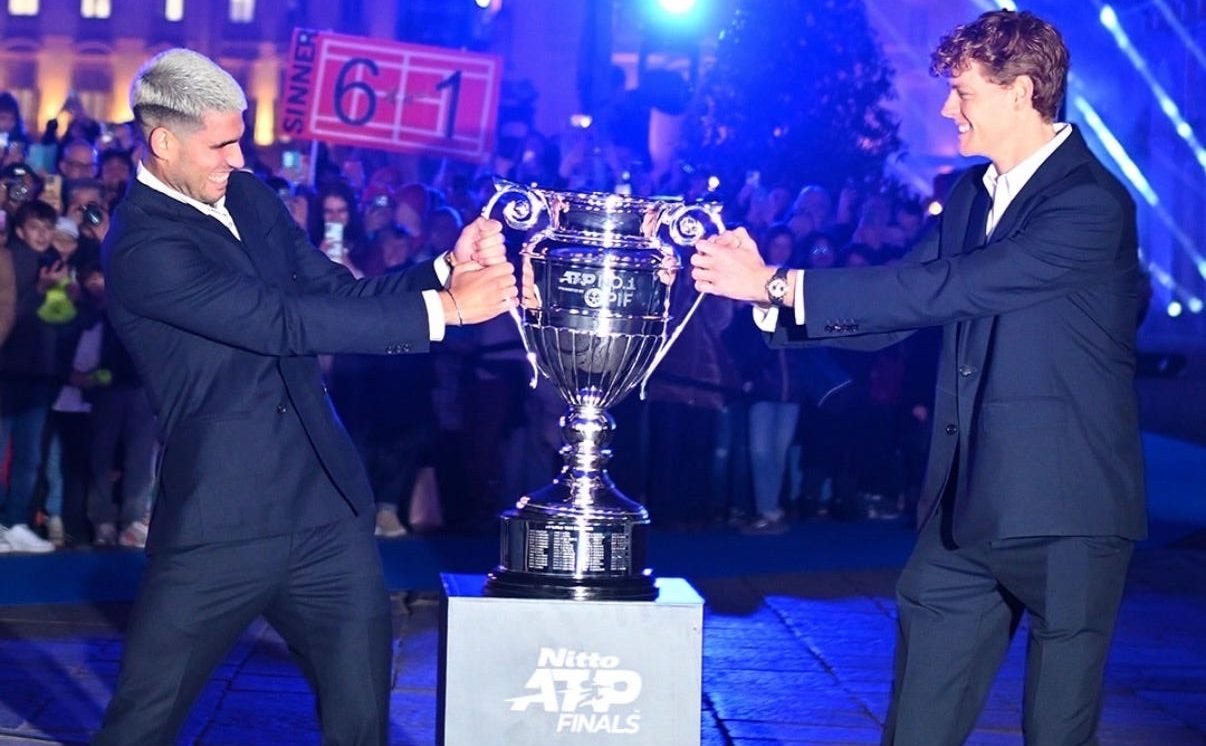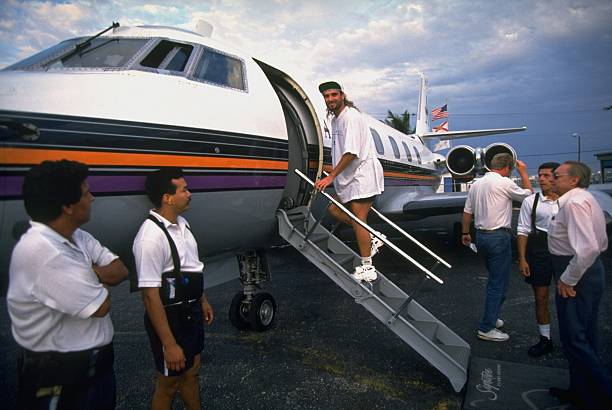Photos by Roberto Pansolli
Roland-Garros isn’t just a tennis tournament—it’s a style summit masquerading as sport. Held each spring in Paris’s leafy 16th arrondissement, as the city warms and the light turns cinematic, the French Open runs from late May through early June. At Roland-Garros, spectatorship is its own sport. The clay courts may be famously unforgiving, but the real spectacle is in the stands, where Parisians and parachuting aesthetes alike play a quieter, subtler game: dressing to be admired by those who pretend not to be looking. Fashion here is coded, strategic, and distinctly un-American. It’s not about flash; It’s about fluency.
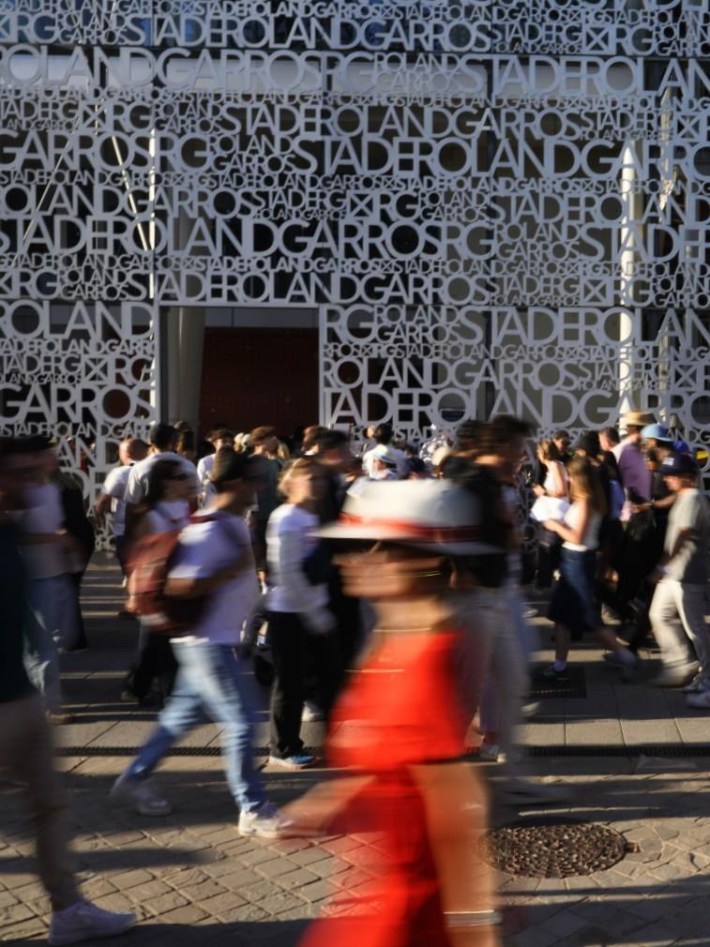
The Parisian Baseline: Controlled Ease
The French, especially in the 16th arrondissement, have perfected the art of looking like they didn’t try—when in fact, every hem, button, and artfully rumpled linen blazer is a studied choice. Roland-Garros is the apex of this performance; It’s a tennis tournament, yes, but it’s also one of the last remaining places on Earth where white jeans are considered a statement and an Hermès cap is just something you threw in your bag. The vibe is: garden party with better shoes and worse snacks.
Men: The Quiet Professionals
You are not dressing to seduce; you’re dressing to suggest competence—an extremely French concept.
- Accessories: A watch with a story. A hat you clearly didn’t just buy. Sunglasses that hint at your political leanings.
- Shirts: A perfectly faded polo. A camp-collar shirt with a slight sheen. A chambray button-down that could be mistaken for your grandfather’s (and possibly was).
- Trousers: Cream, pleated trousers if you’re brave; dark jeans if you’re not. Tailored shorts are acceptable—if they look like they belong on the Amalfi coast, not at a barbecue. Avoid anything cargo, elastic-waisted, or remotely technical.
- Shoes: Common Projects are over. Think Belgian loafers, vintage adidas, or the kind of driving shoe only sold in Milanese basements.
Women: Discipline in Silk
French dressing is not about looking sexy. It’s about looking like you could be sexy, if you wanted to.
- Dresses and Skirts: Floaty fabrics that move when you walk (preferably vintage). A nipped waist, a high neckline. You’re not at Glastonbury.
- Separates: A button-down you’ve owned forever. White linen trousers with no visible underwear line.
- Shoes: Flats, always. Bonus points for a slingback that has never seen the subway.
- Accessories: A real bag. Not a canvas tote. Not a beaded clutch. Something leather and lived-in. Maybe your mother’s. Maybe it just looks like it was.
Area-Specific Attire: Know Your Court
At Roland-Garros, where you sit is a class indicator more than a ticketing designation. Dress accordingly.
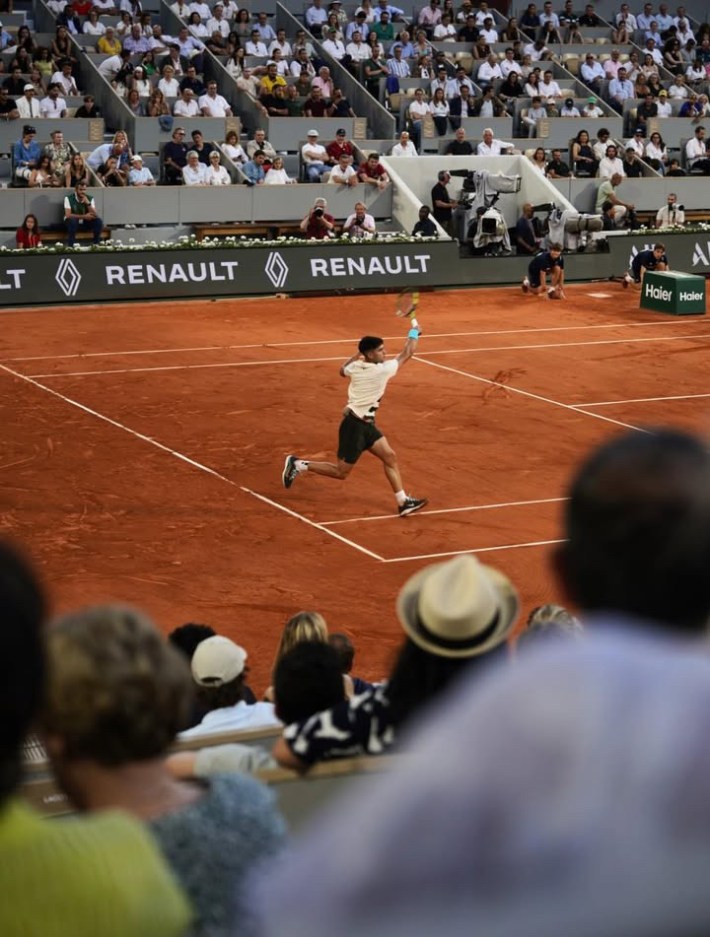
- Court Philippe-Chatrier The center court. The catwalk. This is where the serious people sit—sponsors, editors, anyone wearing Loewe without irony. Women wear poplin dresses and trench coats as capes. Men opt for cream linen jackets with navy trousers and silent Italian shoes. Everyone looks like they might own a vineyard or at least have a friend who does. You’re not overdressed; you’re Paris-correct.

- Outer Courts This is where the students, the fashion interns, and the fashion-adjacent locals go. The outer courts may lack the flash of Philippe-Chatrier, but that’s exactly the point. They’re less polished, less theatrical—but often more interesting. It’s not showy fashion; it’s lived-in, off-duty style. Think: vintage denim, old Céline sunglasses, a perfectly oversized button-down, half-tucked into a skort. The kind of dressing that doesn’t beg to be noticed—but rewards those who do. There’s a whiff of utilitarianism. You’re probably sweating, and you probably look incredible doing it.
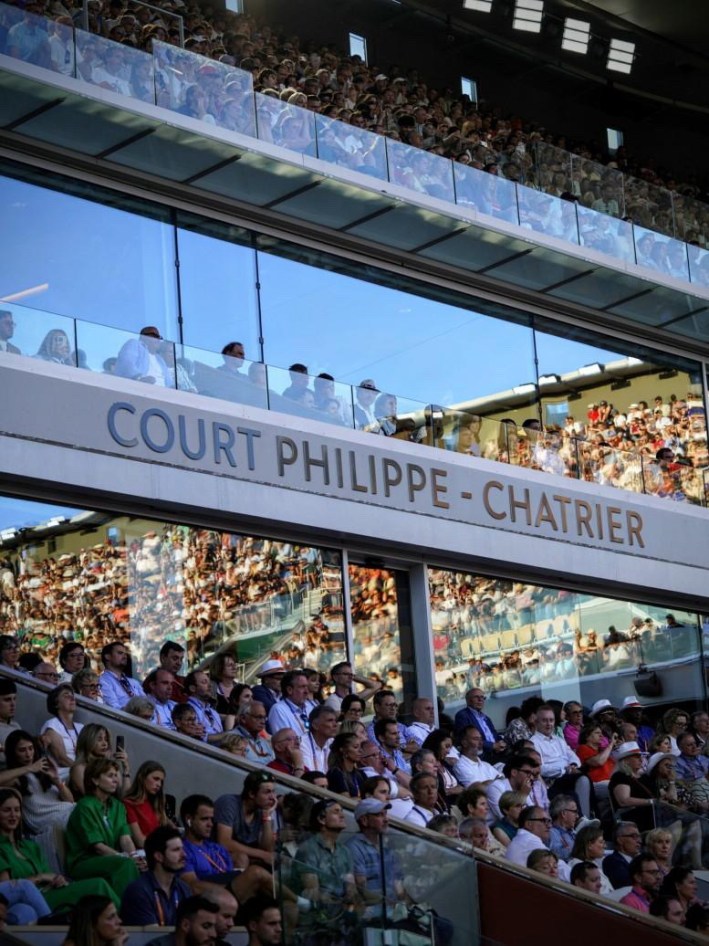
- Hospitality Suites & VIP Boxes This is where the people who make money from their good taste sit, and the dress code reflects that. Women wear silk coordinates that could pass for pajamas if they weren’t so perfectly tailored. Men wear blazers that look slept-in (in a good way) and sneakers that are technically archival. You’re performing wealth, but with a kind of anti-style flourish: the blazer is Loro Piana, but you’re wearing it with a souvenir cap from the 1998 French Open. It’s all a flex, but a very discreet one.
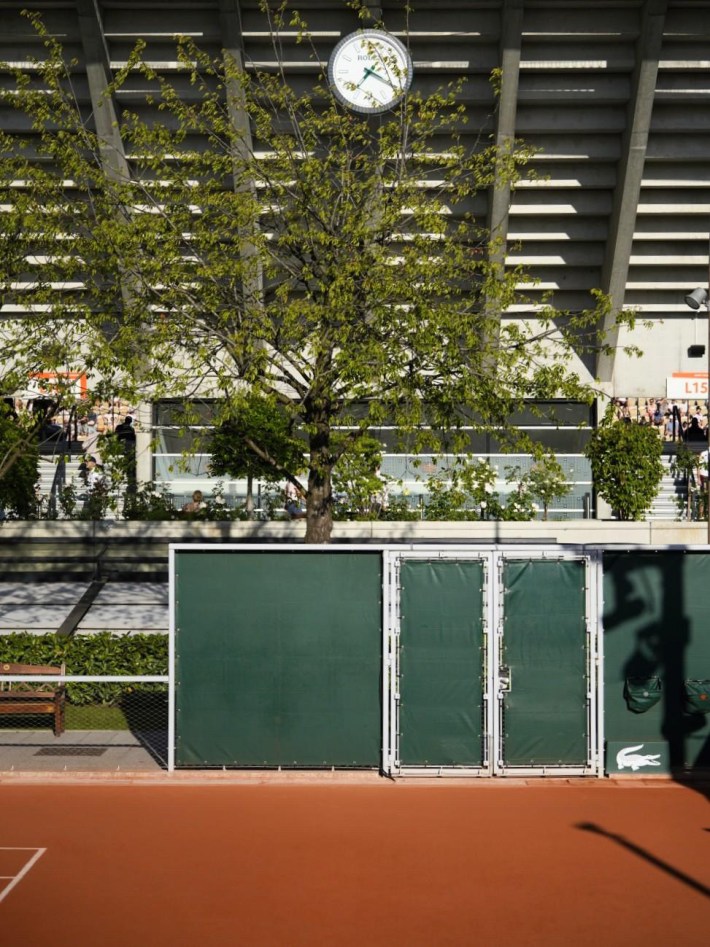

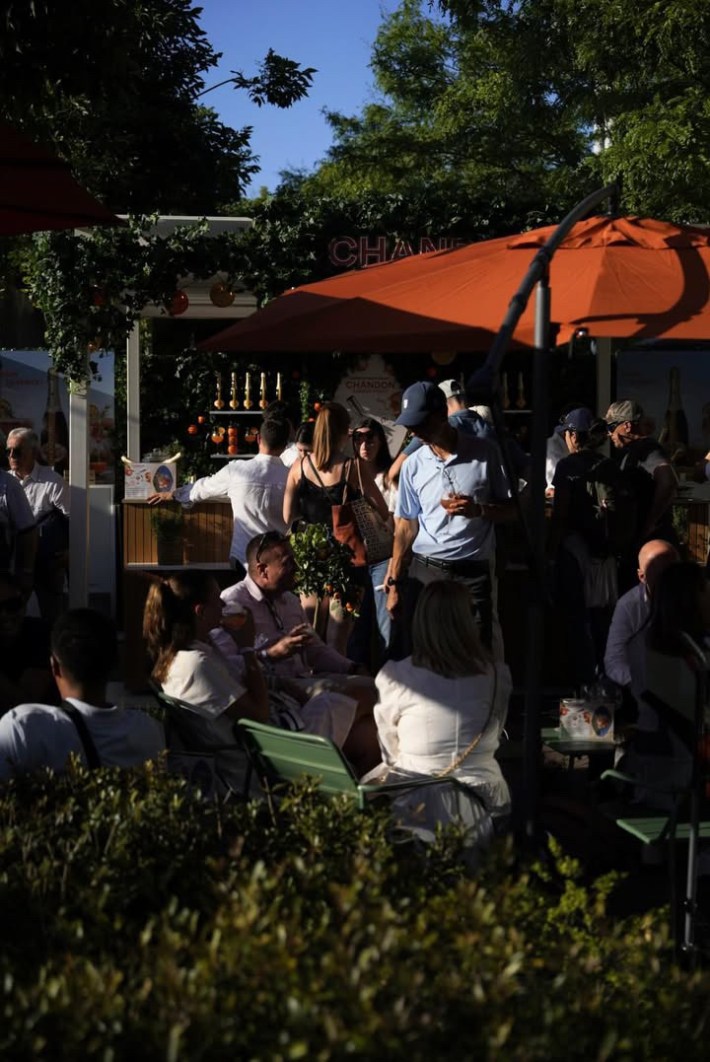
The Quiet Code
You’re not there to peacock; you’re there to signal. And the best way to do that is by looking like you belong in every box, even if you’re sitting in the very last row. This is, after all, what sets Roland-Garros apart from the other Grand Slams. Wimbledon is rigid and ceremonial, with its uniforms and strawberries and white-on-white dress codes, like an Edwardian Garden party stuck in amber. The US Open is flashy and commercial—stylistically chaotic in a way that can feel like a sponsored-content reel come to life. And the Australian Open, while increasingly chic, is still mostly sunscreen, sneakers, and sporty minimalism. But Roland-Garros is different: It doesn’t scream; it murmurs. It’s not about showing off; it’s about showing you know. Style here is the opposite of spectacle—it’s literacy. The real dress code isn’t printed on your ticket. It’s written in Jil Sander collars, Céline flats, and a trench coat not so much worn as implied.

